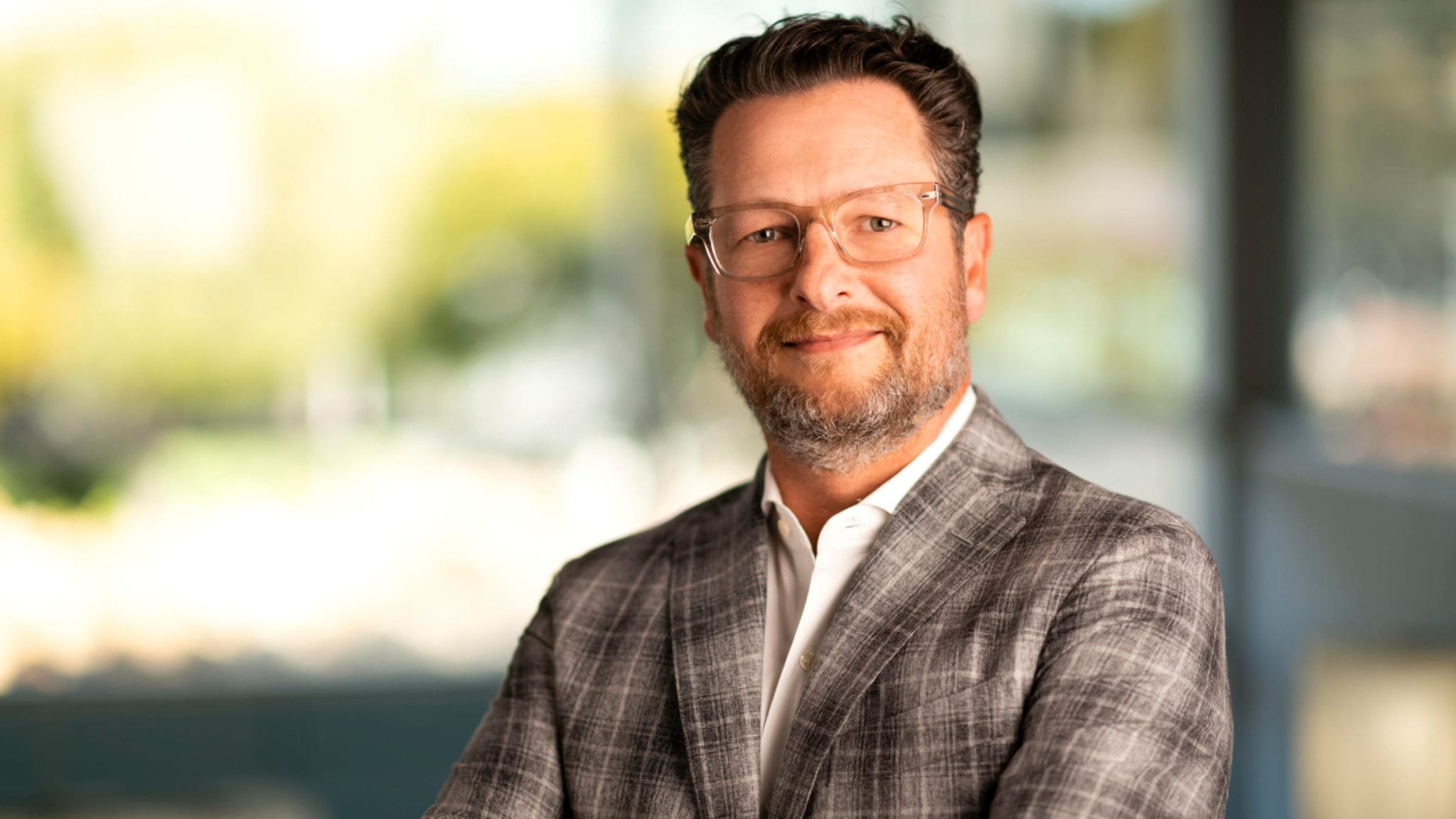
With $29M in Series A, Boehringer-backed Libra looks to tackle neurodegeneration through cellular cleaning
Can the natural process by which cells clean out toxic proteins be harnessed to create potential treatments for neurodegenerative disorders?
That’s the question Libra Therapeutics will be trying to answer, as the new biotech officially launched Wednesday morning with $29 million in Series A financing. The company has three preclinical programs at the ready, with its lead candidate targeting ALS and frontotemporal dementia. But CEO Isaac Veinbergs said he hopes to develop therapies for a wide range of diseases, including Parkinson’s, Alzheimer’s and Huntington’s.
Unlock this article instantly by becoming a free subscriber.
You’ll get access to free articles each month, plus you can customize what newsletters get delivered to your inbox each week, including breaking news.